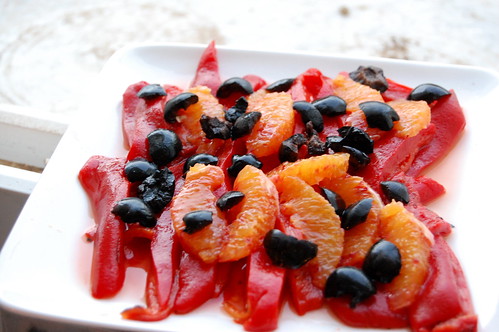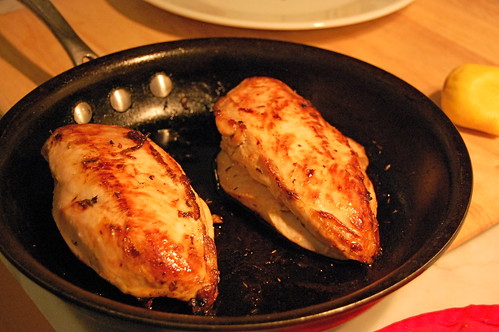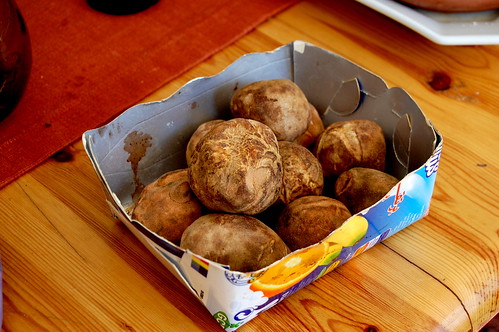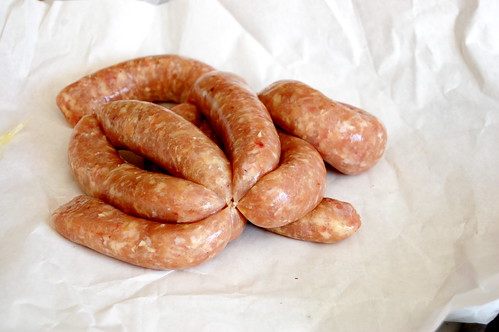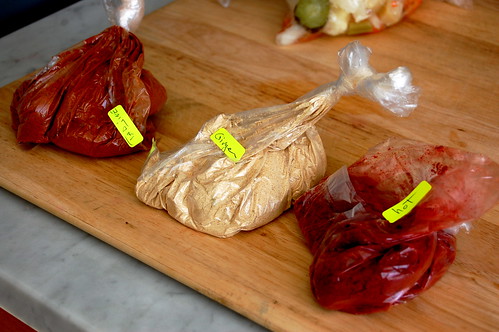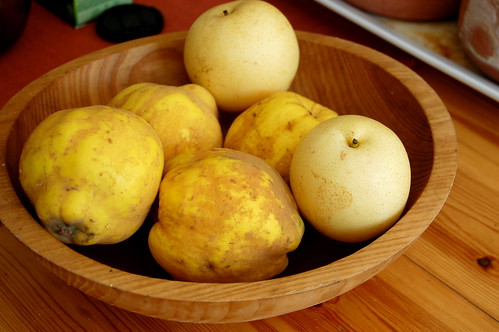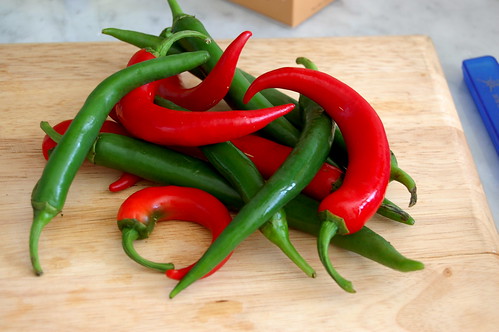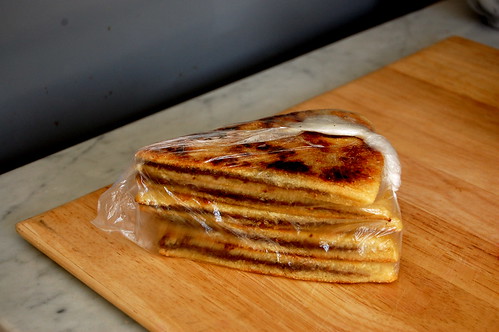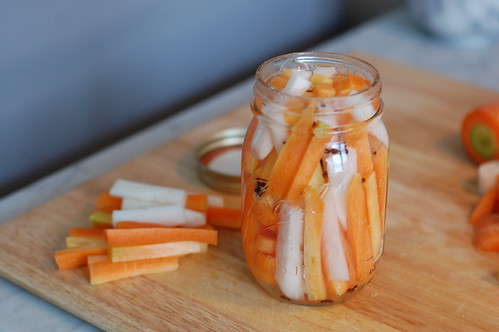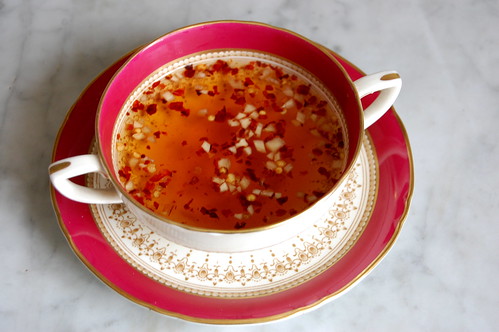
My fridge is littered with little containers of this and that. It's a reusable glass jar and tupperware minefield in there. First there's the accoutrements - 3 kinds of homemade pickles, 2 kinds of olives, preserved lemons, green harissa, red harissa, capers, Spanish white anchovies, and more. There's the tiniest serving of leftover roast carrots, grilled peppers, a swipe of hummus, a bit of grilled skirt steak that Paul can toss into a sandwich. Suffice it to say, I hate wasting food. That little tiny portion leftover from dinner? It's a perfect snack! The 3 olives left in the jar, I can use them in a salad!
My weird hoarding tendencies aside, I like to keep a lot of good sauces and condiments in the fridge because they make putting together a flavorful meal simple and fast. Got a batch of Momofuku's ginger-scallion sauce in the fridge? Boil some soba noodles and fry an egg and a delicious meal is made. Some boring grilled eggplant is perked up with a bit of tahini sauce.
This sweet and sour sauce, which I discovered in the margins of a cookbook, is one of those things that you see on the table of Vietnamese restaurants and always assume that it's some magical complex concoction. In fact, it takes about five minutes to make using things you probably have in your pantry. Frankly, you could put this stuff on just about anything (grilled chicken, a sandwich, some battered and fried shrimp, coconut fried rice, you get the idea here). Yet another staple to add to the jars in the fridge.
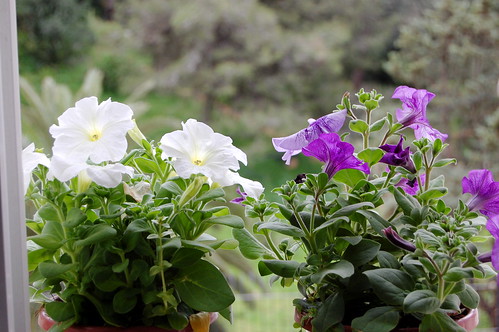
Spring is coming!
Sweet and Spicy Dipping Sauce
Adapted from Hot, Sour, Salty, Sweet.
1/2 cup rice vinegar, or a mixture of half cider vinegar, half white vinegar
1/2 cup sugar
pinch salt
1 garlic clove, minced
1 1/2 teaspoons red pepper flakes
1. Place all ingredients in a small saucepan. Bring to a simmer, swirl the pan, ensuring that all the sugar is dissolved. Remove from heat and let cool. Store in fridge.

